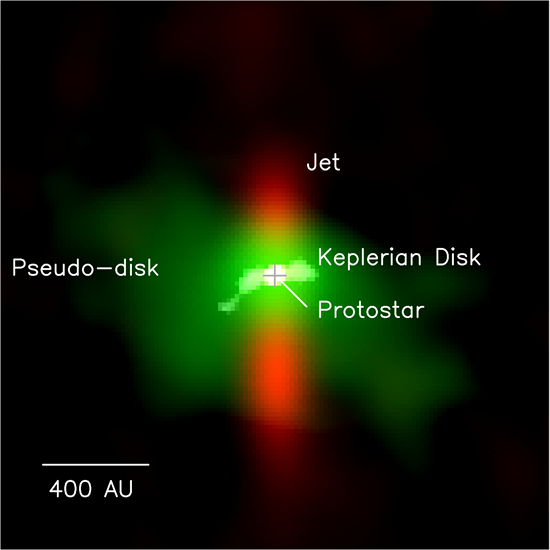|
Home \ Science Highlights ALMA Taiwan \ Science Highlights
Science HighlightsUpdate [Login required] |
-
- Facilities
- User Support
- ALMA ARC members
- Taiwan Events
- ALMA Community Day and CASA Workshop 2014
- 9th ALMA TAIWAN User Workshop
- 2nd tuCASA-ASIAA ALMA Imaging Workshop
- Workshop for CY1 Phase II Procedure
- ALMA TAIWAN Imaging Workshop
- 4th ALMA TAIWAN User Workshop
- Workshop for CY0 Phase II Procedure
- 3nd ALMA TAIWAN User Workshop
- 2nd ALMA TAIWAN User Workshop
- 1st ALMA TAIWAN User Workshop
- Imaging/Calibration Team
- Location
- ARC Internal Site
ACDC
People
TaiwanPublication
Link
Call for
Proposals
©2015, Institute of Astronomy and Astrophysics, Academia Sinica, All Rights Reserved.
Last Updated: 2015-02-25 | Contact: web asiaa.sinica.edu.tw | Privacy and Security Policy
asiaa.sinica.edu.tw | Privacy and Security Policy
Last Updated: 2015-02-25 | Contact: web




